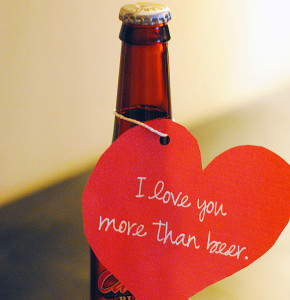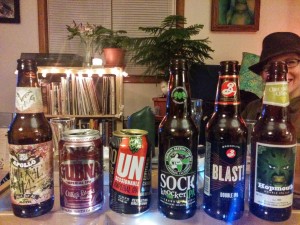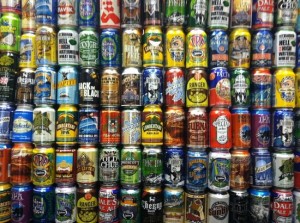Few holidays are loathed with the same venom as Valentine’s Day. I say, save all the energy you expend complaining about not getting a date and put it into not celebrating the day white man did not discover our land mass. No? Would it be different if you got Monday off? Maybe you just want to binge-watch John Hughes movies and aggressively eat obscene amounts of chocolate. You can do better than that! Let’s do it up right and drink the whole damn day away. Here are a few beers to pair with your own particular brand of self-hatred.
Say you intend to spend a reclusive evening alone on Valentine’s Day, as you’ve spent the entire beginning of the 14th spiraling down into a dark and inescapable funk after Facebook-stalking your ex and obsessing over the syntax and contextual hints of their most recent posts involving someone named Jamie. It is clear you need a stout, a Heart of Darkness from Magic Hat, to be specific. If you’re going to lose it, really go for it. Continue reading




